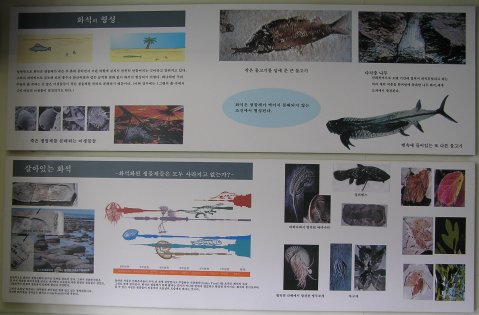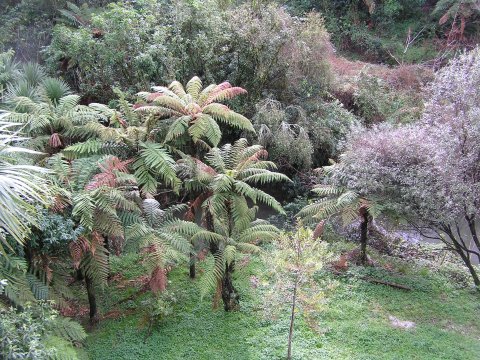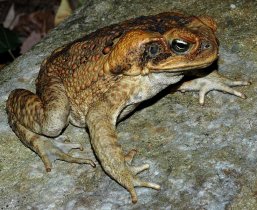An infrequent but very entertaining commenter on this blog, Black Sheep, asked the following question:
In an effort to drop some pounds, I’ve started focusing on building muscle (instead of endurance) and therefore lifting weights. I understand the basic principle of why muscles get sore, but for me, and most people I know, 2 days after the work out seems to be FAR more painful than the day after. As with my other question, why is this, and is there anything I can do to prevent it?
I would like to use this blog post to answer her question.
There are three basic reasons why muscles get sore in response to exercise. First, there is a buildup of acid in muscles when they are forced to burn energy very quickly. The muscle soreness you experience during a workout is usually the result of acid buildup, but it quickly goes away as the acids are flushed out of your muscles.
The second reason is a bit more long-term. Your muscles work by contracting. In order for your muscles to contract, calcium must be imported into the muscle cell. When the muscle relaxes, the calcium leaves the cell. So repeatedly contracting and relaxing your muscles (which is what you do when you exercise) causes calcium to continually enter and leave the cell. This produces a swelling in the muscle tissue, and that causes inflammation. In addition, this constant import and export of calcium serves as a trigger for the cell to break down proteins and rebuild them so that they can do more. This ends up building up the muscle, but at the cost of some pain.
Neither of these effects explains what is happening in Black Sheep’s case, however. Black Sheep is experiencing Delayed Onset Muscle Soreness (DOMS), and it is the result of a completely different process.
Continue reading “Why Do Muscles Hurt One or Two Days After Weightlifting?”




